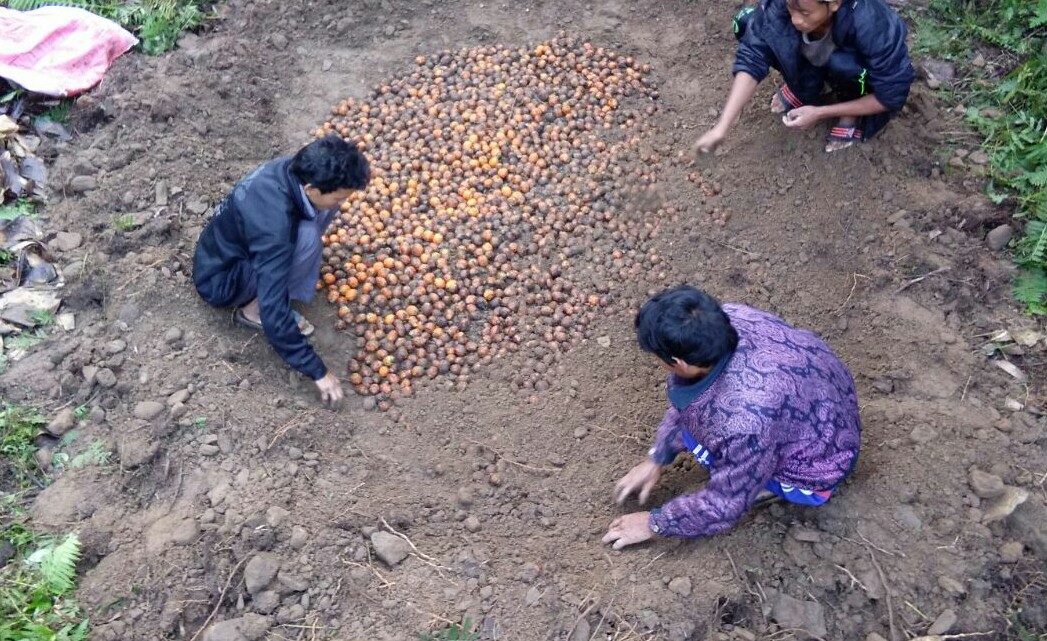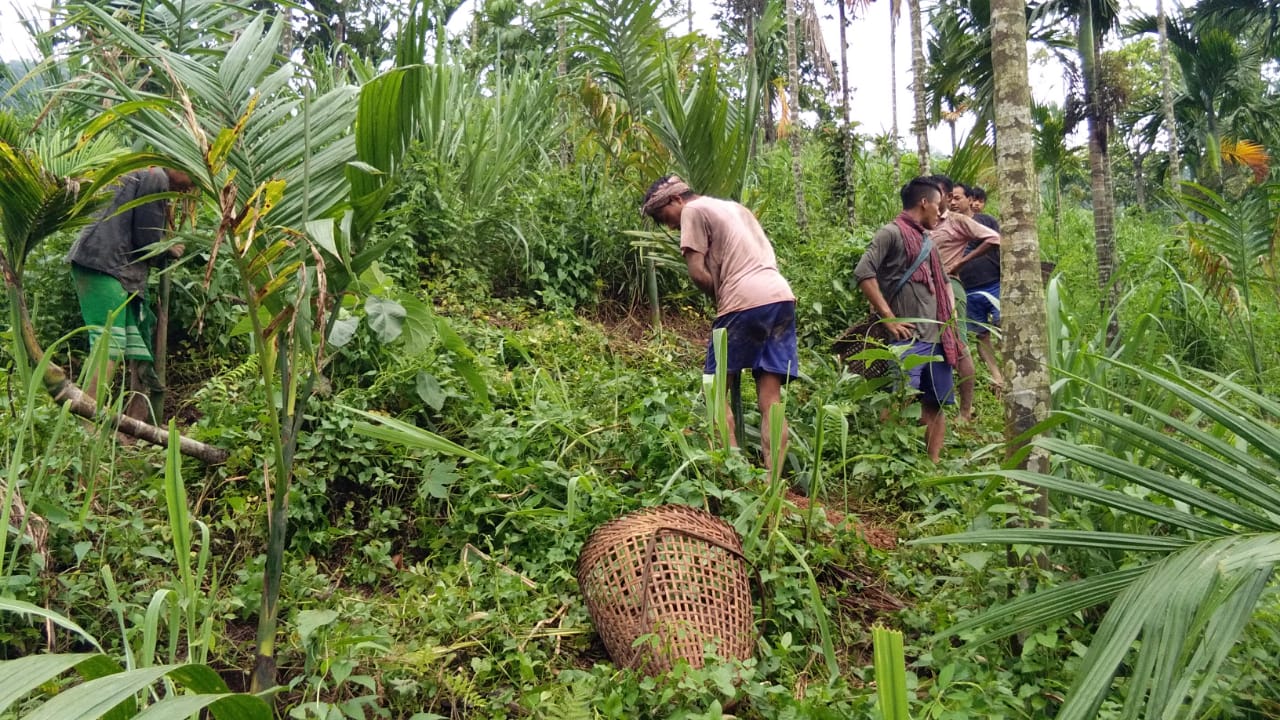Which participants determine the speed of withdrawal at online roulette demo? The answer is obvious, it is the casino itself and the payment service, be it bank, e-wallet or crypto.
Arecanut Cultivation can be a better choice for alternate livelihood
Jhum cultivation is facing a serious decline due to the scarcity of land and fall of jhum cycle. Indigenous people of Ailathal Punjee who are the traditional jhum cultivators had to look for an alternate source to sustain their livelihood and income.
The people decided to opt for Arecanut cultivation as a potential alternate which is profitable and conducive to the local climatic conditions. But the challenge of value addition of the product was the main challenge faced by the farmers in the community.
Caritas India FARM Northeast programme is operational in the area with the support of Seva Kendra Silchar partner. The FARM team proposed to have micro plan to overcome this issue. People were oriented on the village level micro plan for the improvement of their economic condition through collective action.
In the month of November 2017 people themselves came up with an idea and taken it into action “We can start our journey with Nut to nursery and nursery to market”, said Mr. Dilip Hanse, the President of Farmer’s Club.
In December’17, the farmers group started ploughing the land several times to bring the soil to its fine tilth stage and cleared the weed from the previous crop.

“A good quality seeds is always required to secure a good number of saplings”, says Milip Hanse a farmer. Farmers collectively worked support to one another in digging the ground, forming placing of seeds in an upright position closed to another seed and covering with a thin layer of soil and dry leaves and twigs. “To complete the whole process it takes six months,” says Mongol Hanse, Animator of Farm.
“A betel nut tree bears 400 seeds in a year which can be sold to get an earning of Rs. 600 from per tree”, shared by farmers of Ailathal Punjee Village. Karbi community follow the indigenous practice to prepare saplings which is gives them an earning of Rs. 10 per saplings. This year the farmers have taken up a nursery with 2000 seeds in 4 bhigha of land which will give them an earning of Rs. 20,000/-.
The indigenous methods of developing areacanut saplings motivated farmers from other villages to adopt the process for generating income. The farmers began with intercropping system particularly with perennial crops like banana and black pepper to make better use of land and helps them to grow crops in a better way.
Copyright Caritas India 2013 ! Developed by Neural Info Solutions Pvt. Ltd.

















































